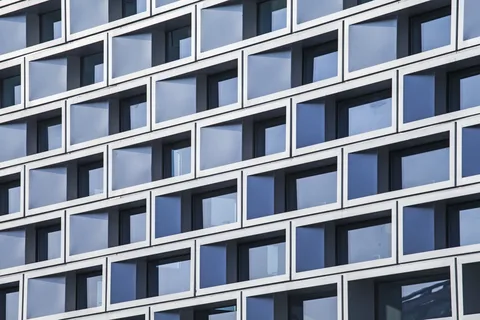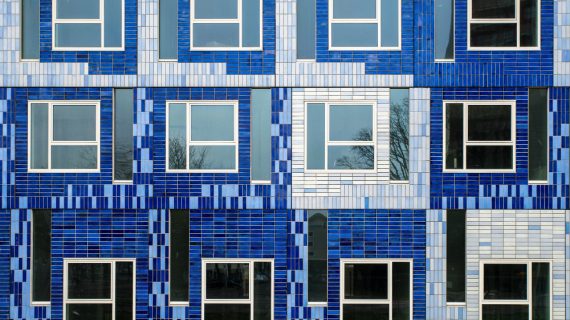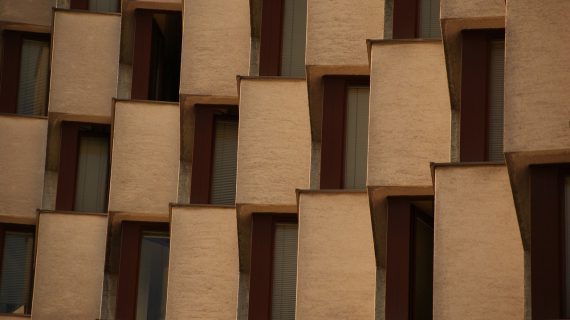How Do Exterior Facade Tiles Impact the Overall Architecture of a Building?
A few of the numerous aspects of contemporary architecture include the features that complement the beauty, usability, and durability of the structure. Of these, exterior facade tiles have a significant function of defining the aesthetic and functionality of the structure. While exterior tiles serve to shield the surfaces of the building, they also play a large part in the structure’s image, which is why they are popular among architects and builders at the present. This is how facade tiles are involved in the development of the architectural concept of a building, focusing on the functions of ornamentation, environmental friendliness, and strength.

-
Enhancing Aesthetic Appeal
The first aspect that makes architects select facade tiles is to make the appearance of the building looks better. There are different colours, textures and finishes of the facade tiles which may be chosen according to the general design and style of the building. Facade tiles can have a wide range of aesthetic appearances from minimalistic, minimal modern to the rural and the traditional. Through selecting the best pattern and colour of the tiles, the architects can design such marginal look on the exterior of the building that does not only attract the attention, but also corresponds to the objectives set for the building or the concept of its usage.
-
Contributing to Architectural Style and Character
Facade tiles are more than just a decorative layer; they add a distinct character to the building. Whether used in residential, commercial, or public buildings, tiles help in defining the architectural style. For instance, minimalist tiles in neutral shades can give a building a contemporary, elegant look, while textured or patterned tiles can reflect traditional or cultural aesthetics. This choice of tiles can make a building stand out and convey a unique identity, complementing the broader vision of the architectural design.

-
Improving Durability and Protection
Facade tiles play an essential role in protecting the building from external elements, such as rain, wind, and UV rays. Quality facade tiles are designed to withstand harsh weather conditions, reducing the risk of structural damage over time. Tiles act as a barrier, shielding the building’s underlying material from moisture and temperature fluctuations that could lead to wear and tear. This durability not only prolongs the lifespan of the building but also reduces maintenance costs, making it an investment that pays off in the long run.
-
Promoting Sustainability and Eco-Friendly Practices
Sustainable architecture has become a focus for many industries, and facade tiles contribute positively to this movement. Many manufacturers offer eco-friendly tiles made from recycled or natural materials, such as clay, stone, or glass. These materials not only reduce environmental impact but also have a lower carbon footprint compared to traditional building materials. By choosing sustainable facade tiles, architects and builders can create structures that align with green building standards and support eco-friendly practices.
In Conclusion
Facade tiles serve as a key element in architectural design, offering benefits that go beyond aesthetics. As architecture continues to evolve, facade tiles remain a versatile and essential choice for creating structures that are both functional and visually compelling.
For those seeking top-quality exterior facade tiles that combine style with durability, Artfix offers a wide range of options tailored to meet modern architectural needs. Enhance your building’s facade with Artfix’s exceptional tile solutions and leave a lasting impression.






